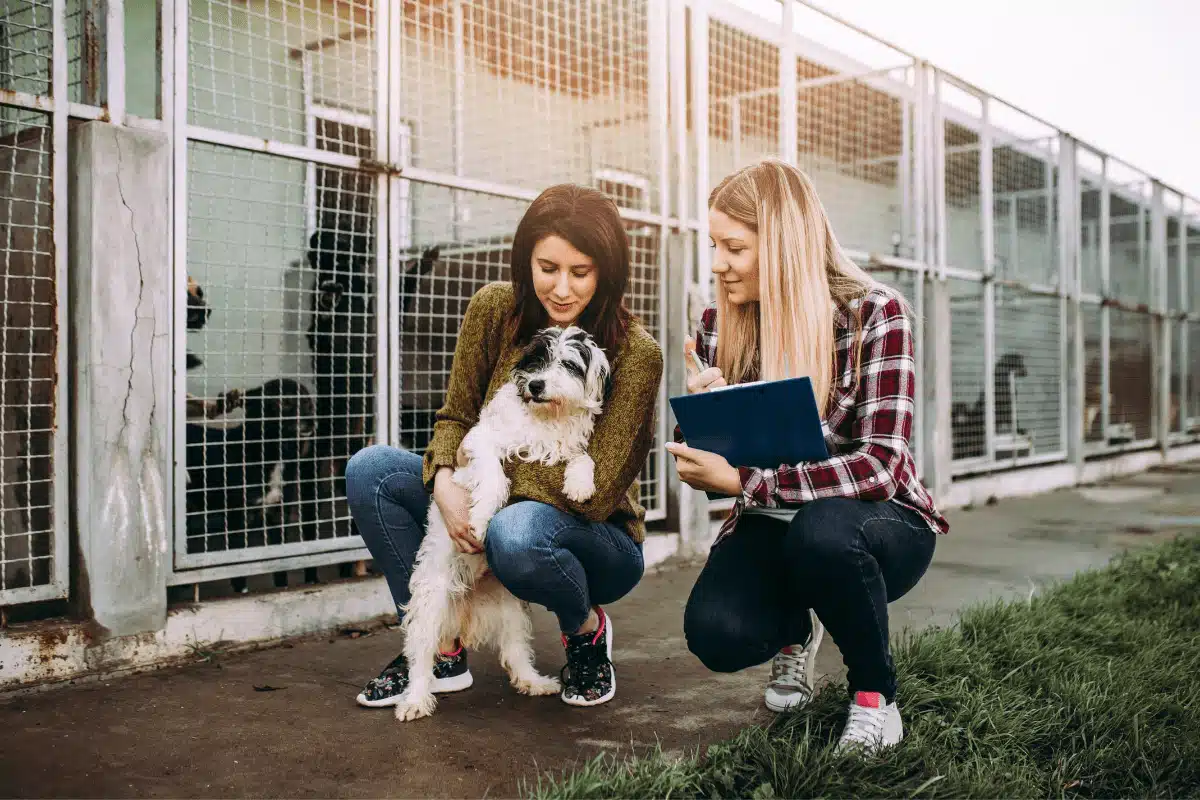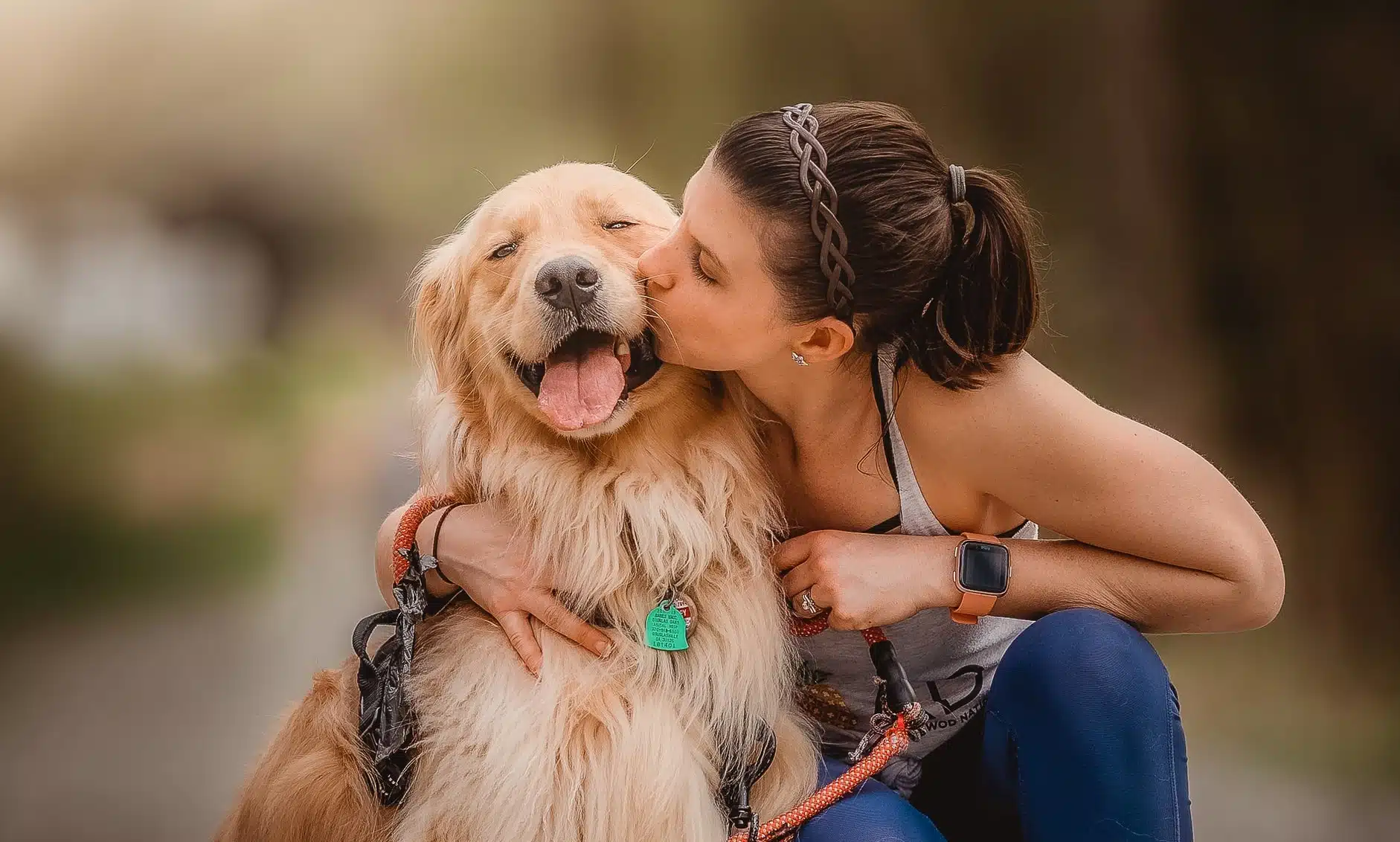Home » Blog » Pet » Pet Parenting Lifestyle » What Is The ‘333 Rule’ Of Adopting A Shelter Dog?
Categories
Tags
animal welfare
breed profile
buying a car
buying a pet
Car
car accessories
car care
car features
car insurance
Car safety
car sales
car service
cat
cat behaviour
cat body language
Cat Breeds
cat food
cat insurance
comprehensive car insurance
Dog
Dog Behaviour
dog body language
Dog Breeds
dog food
Dog Insurance
dog training
eco friendly cars
Kitten
New Car
pet accessories
pet activities
Pet Adoption
pet breeders
pet days of the year
pet fun stuff
Pet Health
pet insurance
pet parenting
Pet Safety
pet services
Puppy
rescue pets
road safety
road trip
safe driving
Recent Blog:
Facebook Posts
1 day ago
True or false: A stiff brake pedal can stop your car from starting? Answers here…![]()
![]() 3 Reasons For a Stiff Brake Pedal and Car That Won't Start –
... See MoreSee Less
3 Reasons For a Stiff Brake Pedal and Car That Won't Start –
... See MoreSee Less
3 Reasons for a Stiff Brake Pedal and Car That Won't Start
www.pd.com.au
Help! My car isn't starting and the brake pedal is stiff - why?! First of all, if your brake is stiff and car won't start then you've already pieced3 days ago
Growing old sometimes means we can’t take care of pets anymore. Find out some advice on what to do when this happens:![]()
![]() Senior Pet Parents – Contingency Plans for Your Pet –
... See MoreSee Less
Senior Pet Parents – Contingency Plans for Your Pet –
... See MoreSee Less
Senior Pet Parents' Contingency Plans for Pets
bit.ly
Sometimes senior pet parents need more downtime. For older pet owners, this can be tricky to navigate if their dog or cat is full of beans and wants to5 days ago
Celebrating World Vet Day by expressing our gratitude to all the wonderful vets out there! You're the real heroes for our fluffy companions. #WorldVetDaye#ThankYouVetsu#PDPetsdpets
... See MoreSee Less
Are you looking into adopting a dog? Great choice! With about 200,000 stray or surrendered dogs ending up in shelters in Australia each year, adopting a dog could very well save their life. But have you ever heard of the 333 rule for dogs when it comes to adopting?
This rule provides a set of guidelines to ensure that each pup is placed in a loving fur-ever home where they’ll be happy and thrive. Let’s find out more.
Table of contents
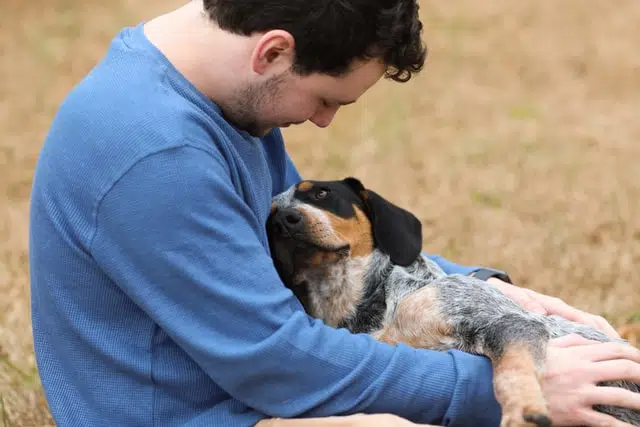
The ‘333 Rule’ for dogs explained
As mentioned, the 333 rule for dogs is a set of guidelines popularised by rescue organisations to educate pet parents on the phases their pup may go through once they’re adopted. The rule is often used as a way to help potential adopters better understand the needs of dogs in shelters and the potential challenges of adopting a fur kid from a shelter.
The “3-3-3” part refers to the three day, three week, and three month phases a pup traverses after adoption.
It’s important to note that these are just guidelines, and not every dog will adjust in these particular phases. Some dogs may adjust much quicker, while other may take much longer.
The first 3 days
An adopted pup’s behaviour in the first three days in a new home can vary depending on their background and experiences. However, it’s common for a shelter dog to experience some level of stress, confusion and uncertainty as it adjusts to its new surroundings.
Here are a few things from the 333 rule for dogs you may observe during the first three days with your new shelter dog:
Fear or shyness
Shelter dogs may be fearful or shy due to past experiences, or they may be overwhelmed by new sights, sounds, and people. After adopting a dog, give it time to adjust to its new surroundings and try to avoid overwhelming it with too much stimuli.

Lack of house training
Shelter dogs may not have had much experience with house training, so accidents may occur in the home during the first few days. Be patient and consistent with your toilet training and all other training, sticking to a routine as much as possible.
Separation anxiety
Some dogs may experience separation anxiety, especially if they were previously in a group setting. They may cry, bark or become destructive when left alone. Gradually increasing the time you spend away from the dog, using positive reinforcement dog training can help with this.
Lack of socialisation
Shelter dogs may have limited exposure to new sights, sounds, and other animals. They may be fearful or shy in unfamiliar situations. Gradual and positive socialisation with different people, animals, and environments will help them to become more confident and well-adjusted.
Health issues
Shelter dogs may have been exposed to various diseases and parasites while in the shelter. Observe your dog’s general behaviour and health, seeking veterinary attention if needed.
It’s important to remember that shelter dogs may have had traumatic experiences in the past. If so, they’ll require patience, understanding, and a gentle approach as they adjust to their new home.

333 rule for dogs – After 3 weeks
After the initial three weeks of bringing your new furball home, it’s important to continue to provide a safe, loving, and stable environment for them as they continue to adjust. After all, they’re in a totally new home and have to bond with their new family.
Consistency in training, socialisation, and providing for their basic needs, such as food, shelter, exercise, and regular vet care, is essential during this time.
During this time, a rescue dog should be beginning to settle into its new home and bond with its new family. Here are a few things from the 333 rule for dogs you may observe after three weeks with your rescue dog:
Increased familiarity
Your pup will start to become familiar with their new home and routines, feeling more comfortable and relaxed in their new surroundings.
Improved behaviour
With consistent training and positive reinforcement, your pup may be starting to understand and respond to basic commands such as “sit,” “stay,” “come,” etc. You may also start to see improvement in manners such as walking on a leash (read how to teach your dog how to walk on a lead) and not jumping up on people.
Greater socialisation
With proper socialisation, your pup may start to be more comfortable around people, other animals, and in new environments.

Better house manners
With proper house training and consistent routines, they may have fewer accidents in the house and be more settled in their new home.
Stronger bond with the family
They will start to form stronger bonds with their new family members, becoming more affectionate and comfortable with physical contact.
Given every dog is unique, the adjustment period after adopting a dog can vary depending on the individual. Some may take longer to adjust, while others may adjust quickly.
Again, because rescued dogs may have had traumatic experiences in the past it’s important to be patient and understanding as they to settle in to their new home and bond with their new family.
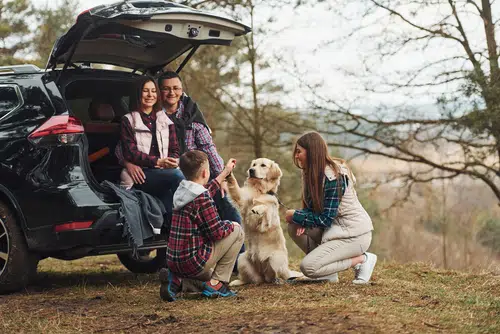
333 rule for dogs – After 3 months
Here are a few things you may observe after three months with your rescue dog:
Increased confidence
With time and positive experiences, a rescue dog should become more confident and comfortable in its new surroundings. It should be less fearful and more willing to engage with you and other family members.
Improved training and obedience
With consistent training and positive reinforcement, a rescue dog should begin to understand and respond to those basic commands.
Greater socialisation
With proper socialisation, a rescue dog should become even more comfortable around people, other animals, and in new environments.
Better house manners
With proper house training and consistent routines, a rescue dog should have fewer accidents in the house and be more settled in its new home.
Stronger bond with the family
As the dog becomes more comfortable in its new home, it should form stronger bonds with its new family members, becoming a cherished companion and member of the family.

What should I know before adopting a shelter dog?
The 333 rule for dogs offers great info on what to expect in your dog’s behaviour after adopting. Adopting a dog from a shelter can be a wonderful and rewarding experience, but it’s important to be well-informed and prepared before making the decision to bring a new furry friend into your home.
Animal shelters across Australia are always in need of extra help. Find out how to spread kindness with this ‘Tail Wagging Ideas for Random Acts of Kindness Day‘ article.
Here are some things to consider before adopting a shelter dog:
Your lifestyle
Consider your lifestyle, including your work schedule, the amount of time you can devote to a dog, and your living situation. Make sure you’re prepared to make a long-term commitment to the dog’s care and well-being.
Compatibility
Consider the breed, size, and age of the dog you’re interested in adopting, and think about whether it’s a good match for you and your family. Be prepared to take a dog’s specific needs into account when making your decision.
Training and behaviour
Many shelter dogs come from unknown backgrounds, and may have behavioural issues that need to be addressed. Be prepared to invest time and resources into training and behaviour modification to help the dog adjust to its new environment.
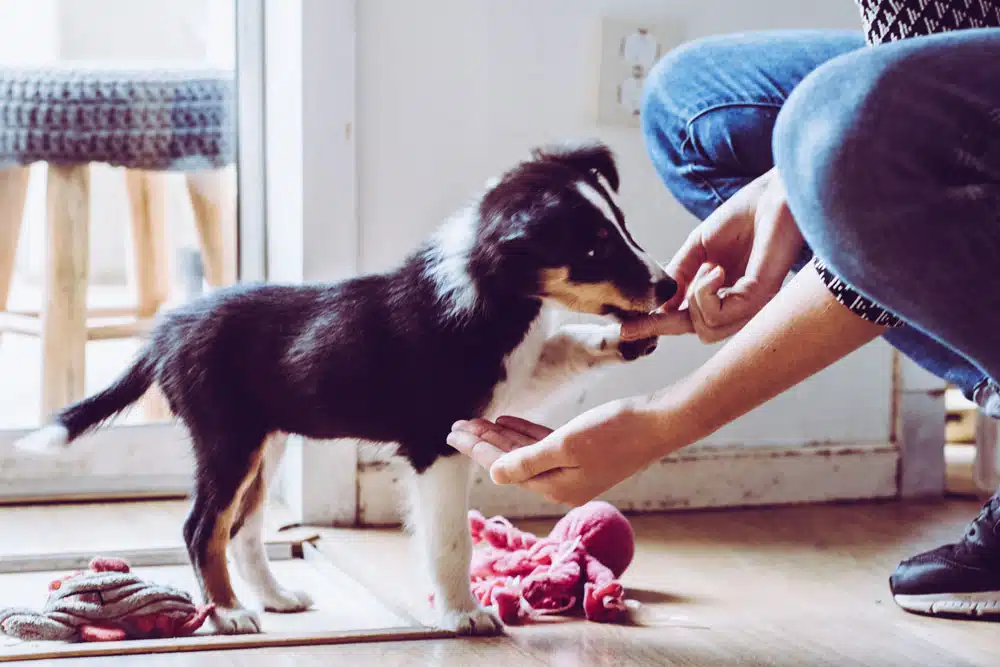
Cost
Owning a dog is a long-term financial commitment. Consider the costs of food, toys, grooming, and veterinary care. You may also need to pay an adoption fee or additional fees for pet vaccinations, desexing your dog and getting the all-important microchip for your dog.
Health status
Dogs in shelters may have health issues that are unknown or not immediately apparent. Make sure you understand what kind of health issues the dog you’re interested in adopting may have. Also be prepared to take on the costs of any necessary medical treatment.
Support
Adopting a shelter dog can be challenging at times. Be prepared to seek out help, guidance and support from animal welfare organisations, trainers, and veterinarians as needed.
It’s important to be realistic when considering adopting a shelter dog. Remember these animals have often been through difficult experiences, and will require patience and understanding as they adjust to their new home. But with proper care, training, and love, shelter dogs can make wonderful, loyal, and loving companions.
Be sure to check out some of our resources before adopting a dog of any age, including:
- Bringing Home an Adopted Dog: What You Need
- Dog Adoption Checklist for New Pup Parents
- The Best Things About Adopting Older Dogs
- Littermate Syndrome in Dogs
- Can Dogs Sleep Outside?
- Pet Essentials to Keep Your New Pet Happy
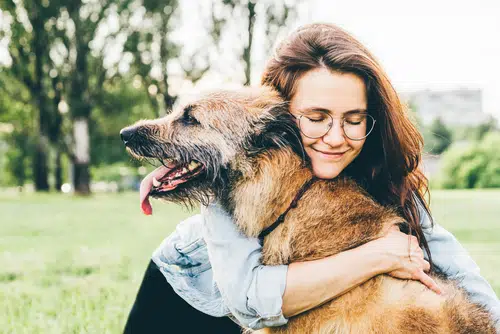
After adopting a dog, insure its health
Now you know the 333 rule for dogs when it comes to adopting a dog of your very own. Another thing you should know about it pet insurance. Whether your dog is adopted, gifted or purchased, we know it’s your friend and family member too. PD Insurance offers reliable, online, fast and affordable dog insurance. It means you can make a claim any time of day and any day of the week, easily.
Whether that’s for emergency vet visits, tests, hospital stays, medication and more, your dog deserves it. And you deserve the peace of mind that comes from knowing you can give your furry friend the health care they need when they need it most.
Did you know you get FREE pet insurance for one or more months when you purchase an online PD pawlicy? Click below to find out more about our award-winning pet health cover plans.
Share On:

